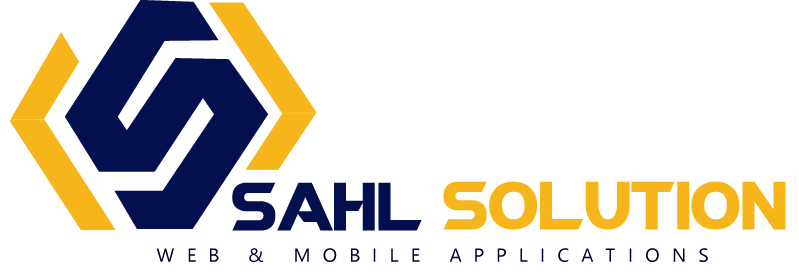The pandemic, the evolution of technology, the aging workforce, and how people want to work today have all rocked the energy and utilities industry to its core. This article discusses four critical trends for utility organizations to keep an eye on and adopt in the next 18 to 24 months.
The energy and utilities (E&U) industry is historically innovative when it comes to technology — but the last year has rocked its way of working to its core.
The industry has been implementing new technologies to save consumers’ time and money, increase energy efficiency and improve conservation programs as far back as the 1970s. It even helped set the stage for the modern online user experience, taking on high-volume online transaction processing before most users and industries understood online transactions.
However, when it comes to people and processes, E&U still has a way to go. Many of the existing company roles and processes never experienced a true transformation. Instead, companies transitioned to processing the information digitally, without embracing the full extent of what technology can do.
Today, especially following the COVID-19 pandemic, many E&U companies are facing the results of innovation without transformation. And while the task of embracing operational and cultural transformation is daunting, there are a few significant trends that will help your company take the leap.
1. Business Anywhere
Many organizations are working remotely or installing and adopting new tools for virtual communication. But remote-work technology is just one way digital-first approaches are changing how we work and live together.
Business Anywhere starts with assessing how you work today before making decisions that will affect tomorrow. And while digital tools enable organizations to function during these unprecedented times, deploying new processes and managing people’s acceptance of change is just as important as technology.
If you’re not interested in becoming fully remote, you might still need to employ a Hybrid workplace. Such models combine virtual and in-person work models to gain access to the “serendipitous moments” afforded in an in-office setting while allowing team members who prefer heads-down work in their own homes to have such opportunities.
2. Trust
You’re no stranger to trust, even at work. But as the industry adopts more remote work following the pandemic, it’s essential to ensure you bake trust into your organization. This isn’t only important due to remote work, either — it’s critical to establish trust to help manage organizational change, communication and training to gain value from your strategic initiatives.
But that’s easier said than done — how, exactly, do you go about ensuring trust is part of your organization? By switching up how you measure results from your teams. Instead of checking how many hours they’ve worked or how many breaks they’ve taken, turn to results.
To do that, you need a performance measurement framework to give you a holistic view of how your organization defines success. Don’t base your performance measurement on how many meters your teams read, how satisfied your customers are or even how accurate your billing is. Turn to a combination of these metrics, and you’ll have a good understanding of how your team is doing, regardless of where they work.
3. Hyperautomation
Automation can relieve some of the complexity of supporting remote staff, leaving suitable tasks to the machine while remote teams perform knowledge work.
Robotic Process Automation (RPA) has long been the go-to for automation. RPA software, behaving as a participant in a process, can replicate human behavior to perform routine, repeatable, rules-based system interactions and integrations. It can perform everything from keyboard strokes, mouse clicks and data reads to logic and writes through existing user interfaces.
- And as a utility organization, you’re tasked with maintaining separate customer, asset and work management systems.
- Working with three disparate systems makes every task take a little longer — and that’s where process automation can come in.
- It can step in and act as that last mile of integration so your teams can work more flexibly and efficiently.
Today, new technologies such as hyperautomation — the combination of RPA, machine learning, natural language processing, enterprise systems integration, document ingestion and understanding, and more — can help take on those processes that need to go a step further than automation.
For example, we had a utility client whose financial team was getting bogged down chasing after small balance bills. Using a combination of RPA and artificial intelligence, we created a bot that would analyze a bill and determine when to dismiss it, pursue it through automation or leave it for human intervention.




